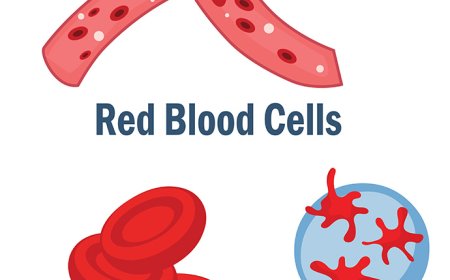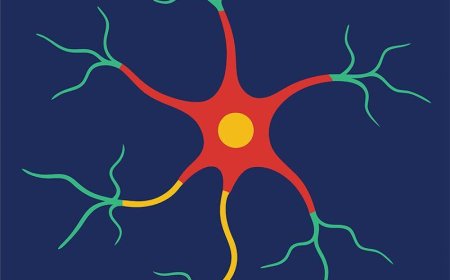Parts of the Digestive System for Kids – From Mouth to Intestines Explained
Learn about the parts of the digestive system for kids. Discover how your body breaks down food from the mouth to the intestines and absorbs nutrients to keep you healthy.
🍏 Parts of the Digestive System: From Mouth to Intestines – A Student’s Guide
The digestive system is like a long, living assembly line. From the first bite of food to the last step when waste leaves the body, each part plays a unique role. Working together, these parts break food down into the nutrients your body needs to stay strong and energized.
Let’s explore the main organs of the digestive system, how they work, and what they do to keep your body fueled.
🦷 The Mouth – Where Digestion Begins
The journey starts in your mouth, where digestion begins the moment you take a bite. Here’s what happens:
- Your teeth chew and grind food into smaller pieces (mechanical digestion)
- Your saliva (spit) begins to break down starches using enzymes (chemical digestion)
- Your tongue helps mix food and push it to the back of your throat for swallowing
The chewed-up food becomes a soft ball called a bolus, which is easy to swallow.
🧵 The Esophagus – Food’s Fast Lane
The esophagus is a long, muscular tube that connects your throat to your stomach. It moves food using peristalsis, a wave-like muscle motion.
- Food doesn’t fall into your stomach—it’s pushed
- You can even swallow while upside down—thanks to peristalsis!
This step takes just a few seconds.
🥣 The Stomach – The Churn and Burn Chamber
The stomach is a stretchy, muscular pouch that mixes and breaks down food even more.
- It churns food like a blender
- It adds stomach acid and digestive enzymes to break down protein
- The food turns into a thick liquid called chyme
The stomach stores food and sends it slowly to the small intestine over 2 to 4 hours.
🧪 The Small Intestine – The Nutrient Superhighway
This is the longest part of the digestive system, and the most important for absorbing nutrients.
It has three parts:
- Duodenum – where bile and enzymes are added
- Jejunum – absorbs nutrients like sugars, amino acids, and vitamins
- Ileum – absorbs anything left, including fats and bile
Lining the walls are millions of villi, finger-like shapes that pull nutrients into the blood.
💧 The Large Intestine – The Water Recycler
The large intestine (or colon) absorbs water and minerals from what’s left.
- It turns liquid waste into solid stool
- Friendly bacteria in the colon help break down fiber and make vitamins
- Waste is stored in the rectum and exits the body through the anus
This process can take up to 48 hours.
🧠 Bonus: The Accessory Organs
Three important organs help with digestion, but food doesn’t pass through them:
1. Liver
- Produces bile, which helps digest fats
- Filters out toxins and waste from the blood
2. Gallbladder
- Stores and releases bile into the small intestine when needed
3. Pancreas
- Makes enzymes to digest fats, proteins, and carbohydrates
- Helps control blood sugar with insulin
These organs work behind the scenes but are essential to the digestion process.
🎉 Fun Facts About Digestive Organs
- Your stomach can stretch to hold about 1 liter of food
- The small intestine is about 22 feet long, but only 1 inch wide
- Villi in your small intestine create a surface area the size of a tennis court
- The esophagus uses muscle power—not gravity—to move food
- Your large intestine is about 5 feet long
🧠 Vocabulary
- Mouth – Where digestion begins with chewing and saliva
- Esophagus – A tube that moves food from the mouth to the stomach
- Peristalsis – Muscle waves that push food along the digestive tract
- Stomach – An organ that churns food and adds acid and enzymes
- Chyme – The liquid mix of food and digestive juices in the stomach
- Small intestine – Absorbs nutrients from food
- Villi – Tiny finger-like shapes that help absorb nutrients
- Large intestine – Absorbs water and forms stool
- Liver – Makes bile and filters toxins
- Pancreas – Produces enzymes and insulin
✅ Interactive Quiz: Organ Trail Challenge!
1. What is the first organ food enters in the digestive system?
A. Stomach
B. Liver
C. Mouth
D. Esophagus
2. What pushes food through the esophagus?
A. Gravity
B. Villi
C. Peristalsis
D. Saliva
3. What turns food into chyme?
A. Esophagus
B. Mouth
C. Stomach
D. Gallbladder
4. Where are nutrients absorbed?
A. Small intestine
B. Large intestine
C. Stomach
D. Liver
5. What does the liver produce to help digest fat?
A. Acid
B. Saliva
C. Bile
D. Insulin
🧒 Kid-Friendly Summary
Your digestive system is made of many amazing organs, from your mouth to your intestines. Each one has a special job—chewing, churning, absorbing, and moving food until your body gets what it needs. The liver, gallbladder, and pancreas help, too. Together, they turn food into the fuel that keeps you going!



















































